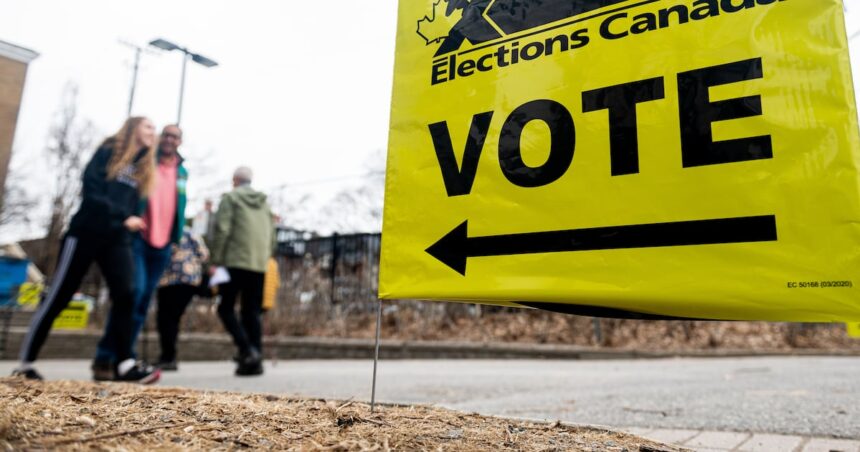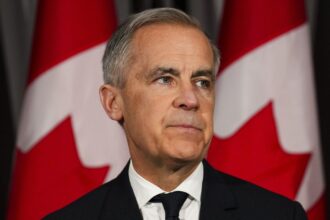Canadian Election Vote Counting Process Timeline Explained
Polls Close and Counting Begins
As Canadians prepare to cast their ballots in upcoming elections, many wonder when they’ll learn who their new representatives will be. The path from polls closing to final results involves a carefully orchestrated process that balances speed with accuracy in our democratic system.
When polling stations close their doors at 8 p.m. local time, election workers immediately transition into counting mode. Each ballot box is unsealed in the presence of candidates’ representatives and other authorized observers—a transparency measure that upholds the integrity of our electoral process.
“The initial count happens remarkably quickly in most polling stations,” explains Dr. Natasha Greene, electoral systems specialist at the University of Toronto. “Workers are trained to efficiently process ballots while maintaining careful verification protocols.”
The Counting Procedure
The counting process follows a methodical sequence. Election officials first reconcile the number of ballots issued against those cast, identifying any discrepancies. They then examine each ballot, determining voter intent according to strict guidelines established by Elections Canada.
Results from individual polling stations begin flowing to returning offices shortly after counting starts, typically within one to two hours of polls closing. Urban centers with concentrated populations often report first, while remote communities may take longer due to logistical challenges.
Media Projections and Close Contests
Media organizations, including CO24 News, receive this data through electronic feeds from election authorities, enabling them to make projections based on statistical models. These projections often come before all votes are counted, particularly in non-competitive ridings where early returns show clear trends.
However, close races require patience. “In tight contests, we may not know the winner until every ballot is counted,” notes former Elections Canada officer Michael Sanderson. “Sometimes the margin comes down to just dozens of votes.”
Special Ballots and Financial Considerations
Special ballots—including mail-in votes, hospital votes, and those cast at advance polls—are verified through additional steps that can extend the counting timeline. These ballots have grown significantly in recent elections, particularly following the pandemic’s impact on voting behaviors.
Financial implications of our electoral process deserve attention as well. Each federal election costs Canadian taxpayers approximately $500 million, with a significant portion dedicated to ensuring accurate and timely results, according to CO24 Business analysis of government expenditures.
Validation and the Role of Technology
The official validation of results takes place within days of election night when returning officers double-check all tallies. In extraordinarily close races, automatic recounts are triggered when the margin between candidates is less than 1/1000th of total votes cast.
As our electoral technology evolves, balancing innovation with security remains crucial. While electronic counting methods have been introduced in some jurisdictions, paper ballots remain the foundation of our system due to their reliability and auditability.
As citizens participating in democracy, what level of patience are we willing to exercise in exchange for the certainty that every legitimate vote has been accurately counted? The answer reflects not just our electoral expectations, but our values as a democratic society.











